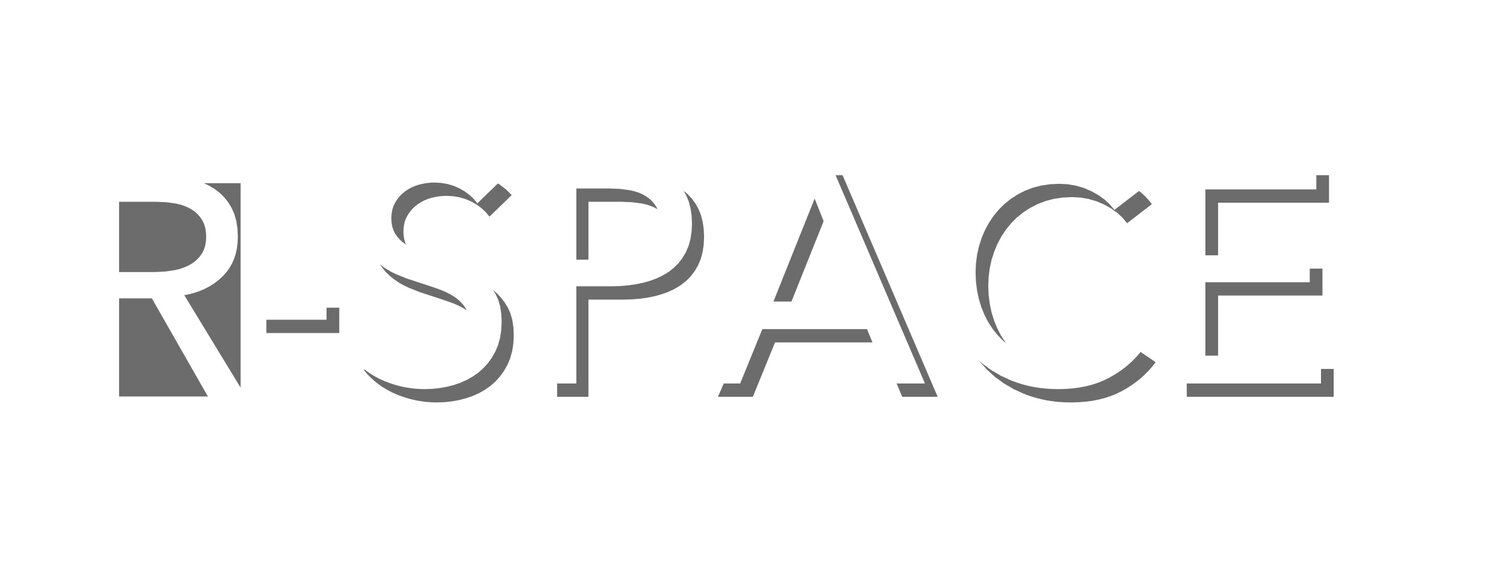As part of R-Space Gallery's commitment to improving wellbeing through engagement in the arts, this year's Linen Biennale will be accompanied by art workshops highlighting the innovative use of intaglio printmaking in 18th Century Ireland. This Downpatrick Men’s Shed week one workshop is now sold out.
Bangor Art Projects at North Down Community Network workshop image courtesy of Robert Peters
Francis Nixon and Theophilus Thompson were pioneering printers who, at the Drumcondra Printworks near Dublin in 1752, were the first to use copper plates successfully to create patterns on linen. By 1757 he had moved to England, joining George Amyand in his calico-printing factory at Phippsbridge in Surrey. The partnership continued until their deaths in the mid 1760s, and the firm continued as Nixon & Company, under which name this fabric was produced, until 1789. The technique quickly spread to London before J.P. Oberkampf took the technique to France creating the distinctive and prolific Rococo style typical of “Toiles de Jouy” prints, though the spread of this technique to Jouy is also accredited to Scotsman, Thomas Bell.
This community engagement project will engage a range of groups across Northern Ireland in creating their own printed design onto linen. Using the pastoral patterns established by Nixon and made famous at Jouy, participants will design a contemporary image reflecting the use of rural and city green spaces, areas that saw an upsurge in use and appreciation during Covid. They will be introduced to the intaglio process of drypoint, a cost effective and accessible alternative to copper engraving, from which they will print their designs onto linen. In keeping with the techniques employed in the mid 19th century, they will also apply colour with watercolour. One example of each participant's design will be retained for inclusion in a large-scale wall hanging in which individual prints will be stitched together. This piece will be displayed in Libraries near where each participant group is based. Equipment and tools will be provided.
About Robert Peters:
Robert Peters has over 35 years experience of working in the visual arts sector as an exhibiting artist, curator, arts facility manager and educator. He established Arts Creative to deliver high-quality art workshops to schools, community groups and within health settings. He uses traditional and innovative techniques to support creativity, wellbeing, education and community development. Techniques include painting, drawing, digital processes, 3D construction and all forms of printmaking. The visual arts provide a limitless source of material and techniques through which to foster skill development, personal growth, community development, emotional wellbeing and issue awareness.

